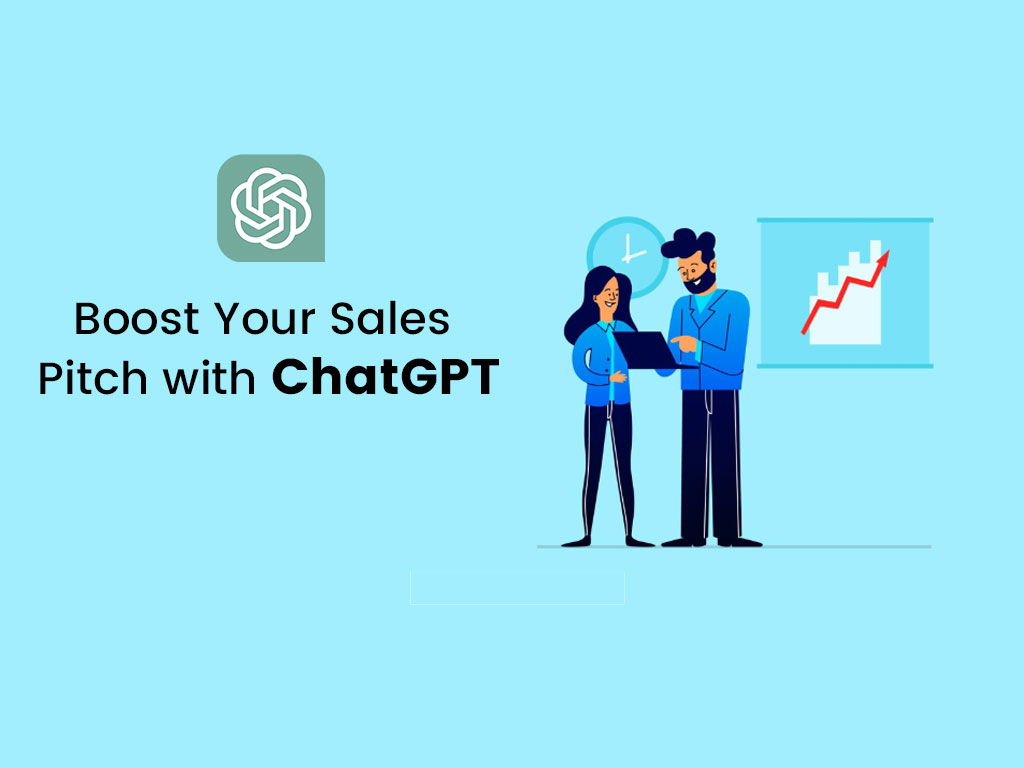In today’s fast-paced business world, having an effective sales pitch can make all the difference in closing deals and driving revenue. With the advancement of artificial intelligence technology, sales professionals now have a powerful tool at their disposal: ChatGPT. In this guide, we will explore how ChatGPT can boost your sales pitch and provide you with a step-by-step approach to integrating it into your sales strategy.
The benefits of using ChatGPT in sales
Using ChatGPT in your sales process offers numerous benefits. Firstly, it provides you with an automated solution that can handle multiple conversations simultaneously, freeing up your time to focus on other important tasks. Additionally, ChatGPT can provide personalized responses to potential customers, making them feel valued and increasing their engagement with your pitch. Moreover, ChatGPT can be available 24/7, ensuring that no leads slip through the cracks. Lastly, ChatGPT can analyze and learn from previous conversations, allowing you to continually improve your sales pitch and approach.
Understanding the ChatGPT sales process
Before diving into the specifics of using ChatGPT in your sales strategy, it’s essential to understand the overall sales process. The ChatGPT sales process consists of three main steps: preparing your sales pitch, customizing your ChatGPT model, and implementing ChatGPT in your sales conversations.
Step 1: Preparing your sales pitch with ChatGPT
To maximize the effectiveness of ChatGPT in your sales pitch, it’s crucial to properly prepare the input data. Start by identifying the key pain points and objections that potential customers may have. Craft compelling responses to these objections and incorporate them into your ChatGPT training data. Additionally, consider using real-life sales conversations as training data to ensure that ChatGPT understands the nuances of your industry and target audience.
Once you have your training data ready, it’s time to fine-tune your ChatGPT model to align with your sales objectives. By adjusting the model’s parameters and hyperparameters, you can optimize its performance for sales conversations. Experiment with different configurations to find the one that works best for your specific needs.
Step 2: Customizing your ChatGPT model for sales
Customizing your ChatGPT model for sales involves training it on your prepared data. Use a combination of supervised fine-tuning and reinforcement learning techniques to refine the model’s responses. Supervised fine-tuning involves providing explicit feedback to the model, while reinforcement learning allows the model to learn from conversational feedback. By iteratively training the model and evaluating its performance, you can enhance its ability to generate effective sales responses.
Step 3: Implementing ChatGPT in your sales conversations
Once your ChatGPT model is trained and ready, it’s time to implement it in your sales conversations. Integrate ChatGPT into your preferred communication channels, such as live chat on your website or messaging platforms. Ensure that the handover process between the ChatGPT model and human sales representatives is smooth to provide a seamless customer experience. Monitor the conversations and analyze the results to identify areas for improvement and optimize the performance of ChatGPT in your sales strategy.
Tips for maximizing the effectiveness of ChatGPT in sales
While ChatGPT is a powerful tool, there are several tips and best practices to consider to maximize its effectiveness in your sales strategy. Firstly, regularly review and update your training data to ensure that it reflects the latest market trends and customer preferences. Secondly, continuously evaluate and fine-tune your ChatGPT model’s performance based on customer feedback and sales outcomes. Lastly, provide ongoing training and support to your sales team to leverage ChatGPT effectively and integrate it seamlessly into their workflow.
Case studies: Successful sales pitches using ChatGPT
To illustrate the effectiveness of ChatGPT in sales, let’s explore a few case studies. Company XYZ, a software-as-a-service provider, integrated ChatGPT into its sales process. By leveraging the power of ChatGPT, they were able to handle a significantly higher volume of leads and increase their conversion rate by 20%. Another example is Company ABC, an e-commerce retailer. They used ChatGPT to provide personalized product recommendations to their customers, resulting in a 15% increase in average order value. These case studies demonstrate the real-world impact of ChatGPT on sales performance.
Potential challenges and how to overcome them
While ChatGPT can greatly enhance your sales pitch, there are potential challenges to be aware of. One challenge is ensuring that the responses generated by ChatGPT align with your brand’s voice and tone. To overcome this, invest time in training the model specifically on your brand’s communication style and provide clear guidelines for response generation. Another challenge is handling complex or sensitive customer inquiries that may require human intervention. Implement a seamless handover process between ChatGPT and human representatives to address these situations effectively.
Conclusion
In conclusion, integrating ChatGPT into your sales strategy can be a game-changer. Its ability to automate conversations, provide personalized responses, and continuously learn from interactions makes it a valuable tool for boosting your sales pitch. By following the step-by-step guide outlined in this article, you can harness the power of ChatGPT to enhance your sales process and drive revenue. Embrace the future of sales and start leveraging ChatGPT today!
CTA: Start revolutionizing your sales pitch with ChatGPT. Contact us now to learn how to implement ChatGPT in your sales strategy and drive your business toward success.



